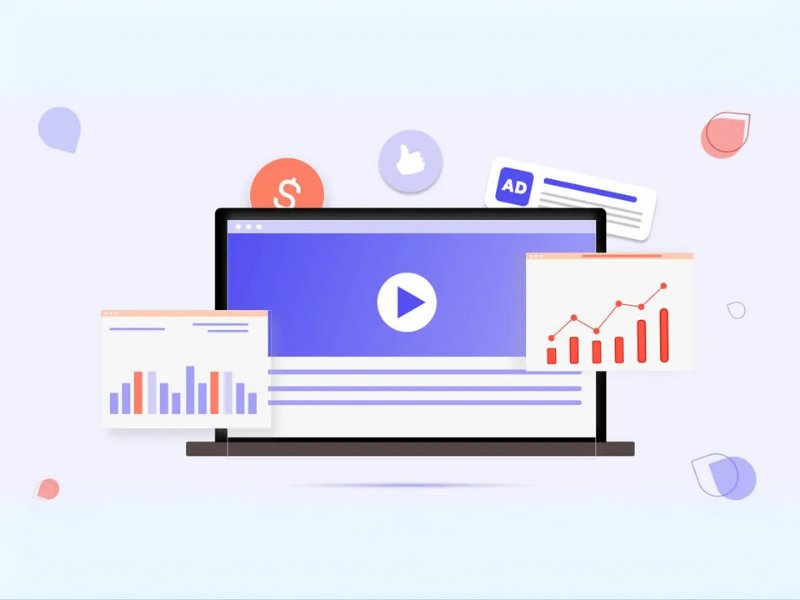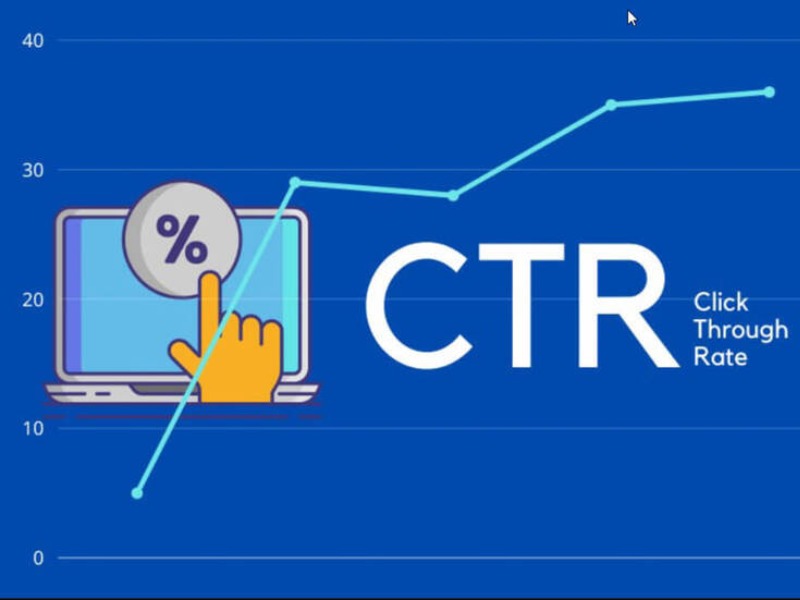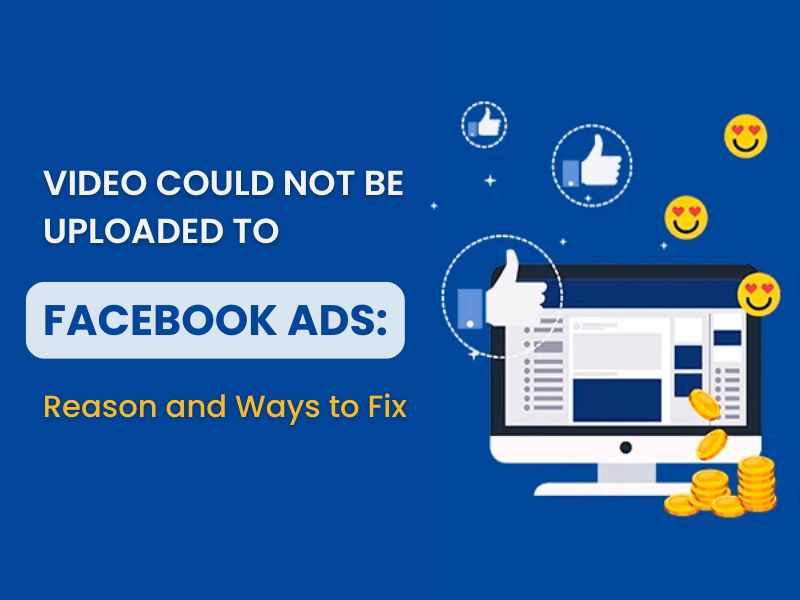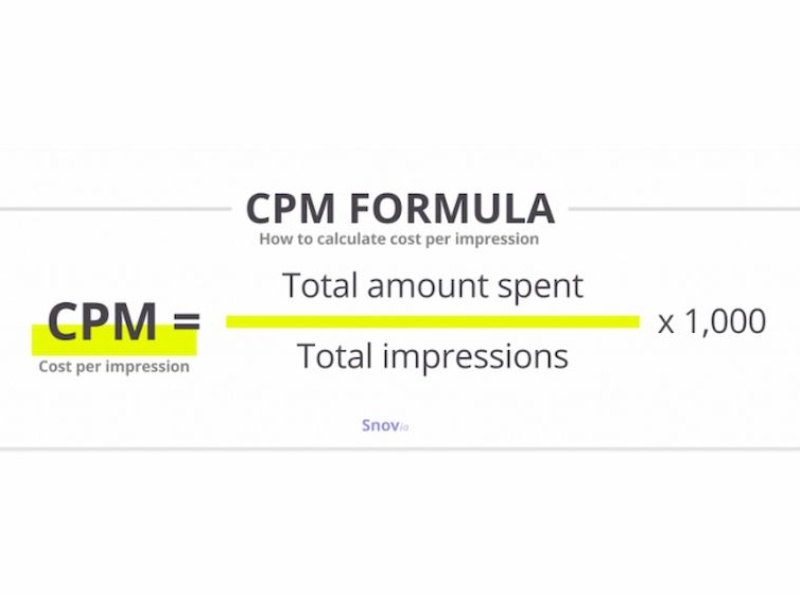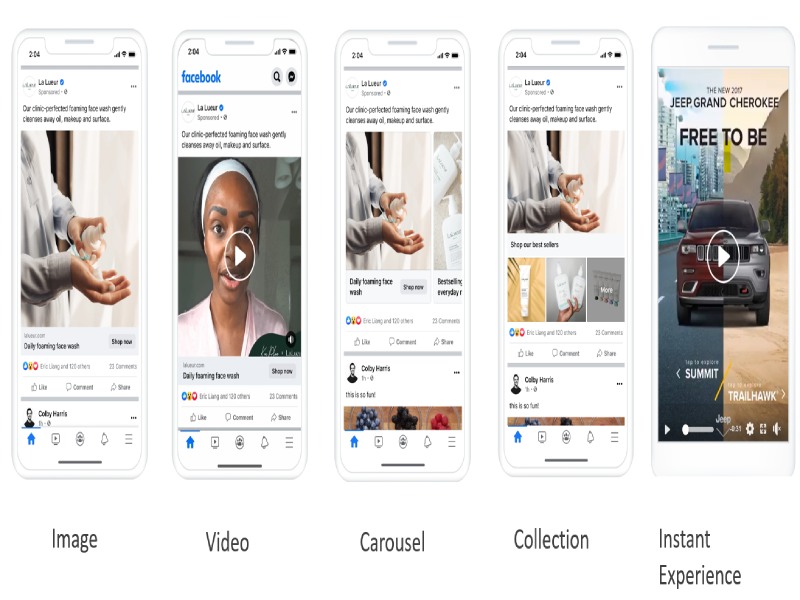With the growth of digital platforms and changing consumer shopping habits, Facebook has started to develop e-commerce – CPAS Facebook. The following article from NEMI ADS will explain what CPAS is, its benefits and how it works. Let’s follow along!
1. What is CPAS Facebook?
CPAS Facebook, meaning Collaborative Performance Advertising Solution, is a one-of-a-kind advertising platform that aims to improve collaboration between brands and e-commerce retailers. CPAS, which debuted in February 2019, enables marketers to use dynamic ads to sell their products on Facebook, targeting potential customers based on their buying habits and preferences.
With CPAS, marketers may use data from e-commerce platforms (e.g Shopee, and others) to retarget customers who have expressed interest in their offerings. This relationship benefits both the brand and the retailer by increasing visibility, conversion rates, and, eventually, sales.
Key Features of Facebook’s CPAS:
- Dynamic advertisements: Facebook’s CPAS uses dynamic ads to automatically show users products they’ve viewed or shown interest in online. These ads appear in various places like Facebook feeds, Instagram stories, and more, tailored to each user’s activity.
- Data integration: Brands can use data from their retail partners to improve their advertising strategy, resulting in more effective campaigns.
- Conversion tracking: With CPAS, marketers may track the performance of their campaigns by measuring conversions, such as sales or other desired customer behaviors.
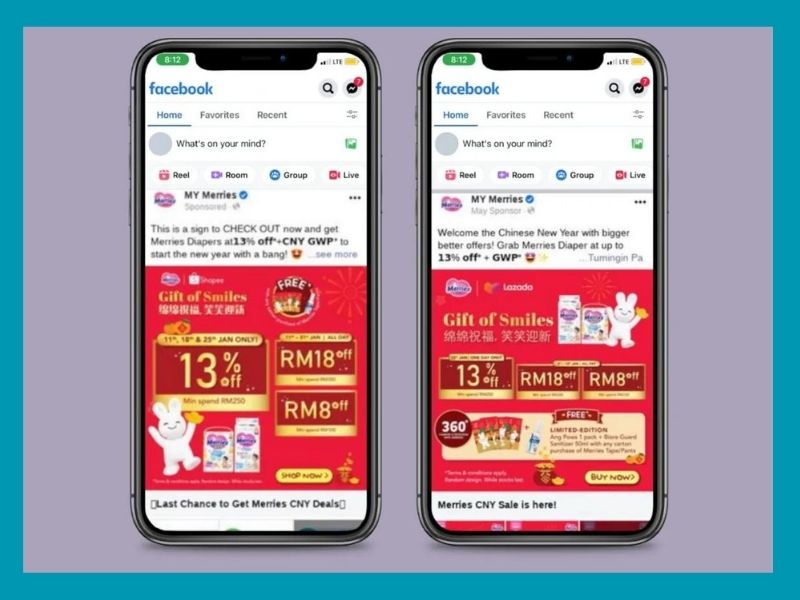
2. What are the Benefits of CPAS Facebook?
The implementation of Facebook CPAS provides significant advantages for both brands and retailers. Here are some of the key benefits:
2.1. Increased Store Visits
CPAS helps drive traffic not only to online stores but also to physical retail locations. By showcasing visually appealing product ads that align with customer preferences, brands can significantly increase click-through rates and encourage visits to their products on e-commerce platforms. This, in turn, drives more foot traffic to traditional brick-and-mortar stores.
2.2. Precise Targeting of Potential Customers
CPAS enhances targeting precision by leveraging data-driven insights from customer interactions on e-commerce platforms (e.g past purchases, browsing history, demographic information,…) brands can create highly tailored ad campaigns. This targeted approach not only improves ad relevance, but also reduces wasted ad spend by focusing on users who are more likely to convert.
Additionally, CPAS enables dynamic retargeting, allowing brands to re-engage potential customers who have shown interest but haven’t completed a purchase. The result is a more efficient advertising strategy that maximizes ROI by reaching the right customers at the right time.
2.3. Accurate Sales Measurement and Conversion Tracking
CPAS excels in providing precise insights into sales and conversion events, allowing businesses to fine-tune their advertising strategies and budgets. This level of accuracy enhances campaign performance and drives higher conversion rates by ensuring ads reach the most relevant audiences.
As a result, businesses experience increased profits and sales, benefiting both brands and retailers through more efficient and effective marketing efforts.
2.4. Automated Advertising Campaigns:
CPAS automates the process of analyzing customer needs and delivering relevant product ads, saving time and resources for both brands and retailers. This automation ensures that ads are always tailored to customer preferences, increasing their effectiveness and efficiency.
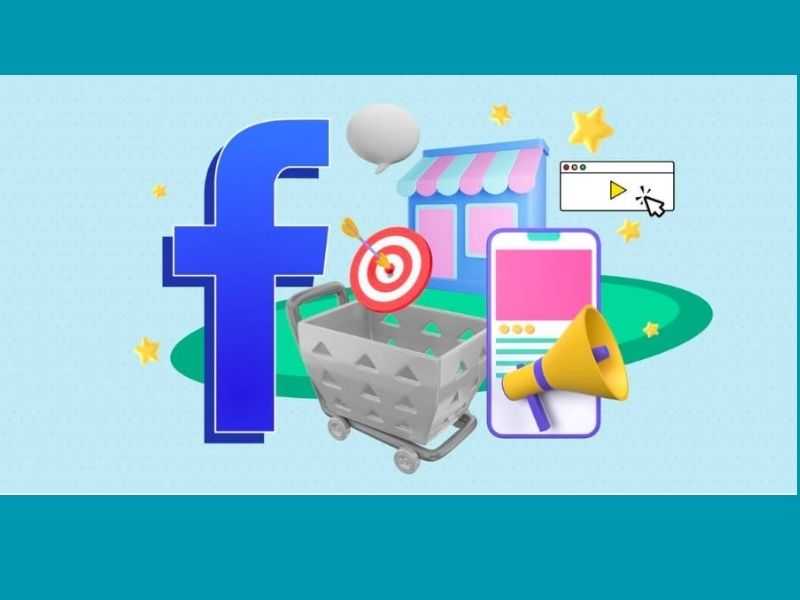
3. Why Do Brands and Retailers Choose CPAS Facebook?
The transparency of CPAS Facebook Ads is a tool that allows companies and small businesses to successfully follow customers until they locate their items and succeed. The advantages of CPAS include:
3.1. For Brands:
- Data-Driven Decision Making: CPAS provides brands with valuable data and insights, allowing them to measure ad performance and conversions accurately. This data-driven approach ensures that brands can make informed decisions about their advertising strategies.
- Built-In Audience Targeting: Facebook’s extensive user data allows brands to target ads to specific demographics, interests, and behaviors, making it easier to reach the right audience.
- Relevant Product Recommendations: By leveraging CPAS, brands can automatically suggest related products to customers, making it easier for them to find what they’re looking for.
- Automated Ad Management: CPAS automates many aspects of ad management, freeing up time for brands to focus on other strategic initiatives.
- Direct Traffic to Product Pages: CPAS enables brands to direct traffic straight to their product pages on e-commerce platforms, facilitating a seamless shopping experience.
- Scalable Campaigns: With real-time data and insights, brands can scale their campaigns effectively, maximizing their reach and impact.
3.2. For Retailers:
- Mutual Benefit Collaboration: CPAS fosters a mutually beneficial relationship between brands and retailers. Retailers benefit from increased sales and brand recognition while brands reach a wider audience.
- Enhanced Platform Reach: CPAS helps retailers expand their reach by showcasing authentic ads across multiple platforms, increasing visibility and driving more traffic.
- Increased Brand Visibility: Retailers can use CPAS to increase brand visibility on their platforms, making it easier for customers to find and purchase products.

4. How CPAS works?
To understand specifically how CPAS Facebook works, here’s a simple breakdown via example related to fryer:
4.1. Data Collection and Integration:
When a customer browses a fryer on the Shopee platform, CPAS collects data on their behavior. This data includes the products they viewed, added to their cart, or even purchased. This information is then integrated with Facebook’s advertising platform.
4.2. Targeted Ad Delivery:
Based on the collected data, CPAS delivers targeted ads to the customer on Facebook and Instagram. These ads feature the exact products or related items that the customer viewed on the e-commerce platform. For example, if a customer viewed a specific brand’s air fryer on Shopee, they might see an ad for the same product on Facebook, encouraging them to complete the purchase.
4.3. Seamless Shopping Experience:
When a customer clicks on a CPAS ad, they are directed back to the Shopee platform where they initially viewed the product. This seamless integration between Facebook and the Shopee makes it easy for customers to complete their purchase.
4.4. Conversion Tracking and Optimization:
CPAS tracks the customer’s journey from ad interaction to purchase, providing valuable insights into campaign performance. Brands can use this data to optimize their ads, improve targeting, and refine their overall strategy.
So, this is how CPAS works: it leverages Shopee data to display relevant Facebook advertising, re-engaging and motivating you to complete your purchase.
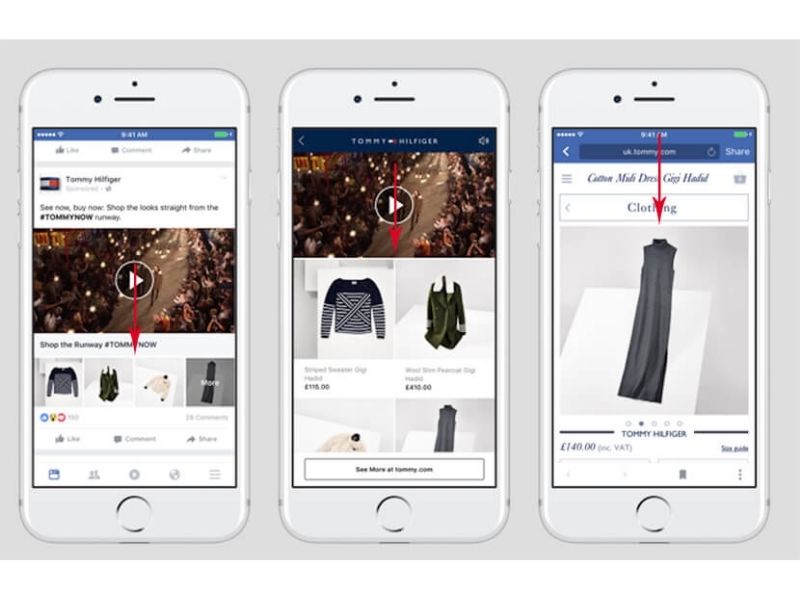
5. How to set up CPAS on Facebook?
To set up CPAS, follow the procedures given below:
- Go to the Ads Manager and make sure to allow the Collaborative Ads program.
- Click Create.
- Choose your partner-specific ad account, then proceed with the steps outlined below for the aim you chose.
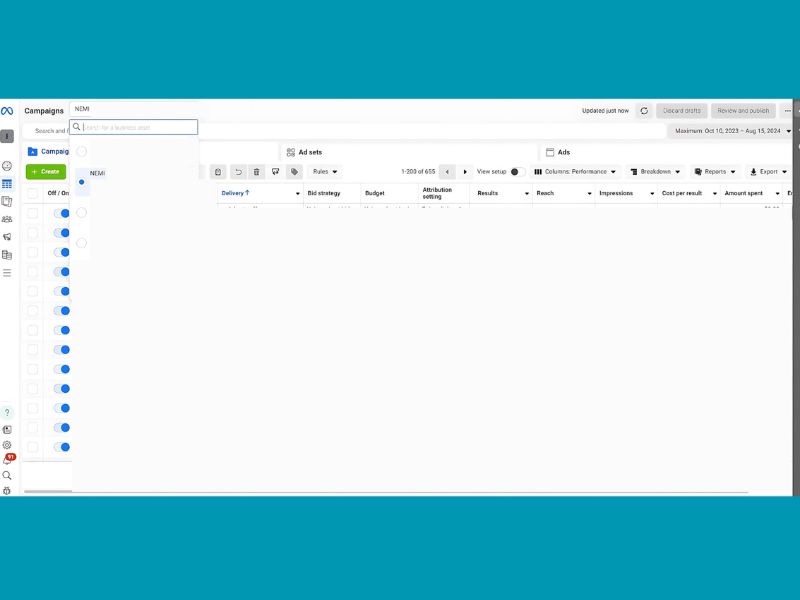
5.1. How to create an awareness campaign
Select an awareness objective, or if you see more than 6 objectives in Ads Manager, select a brand awareness or reach objective.
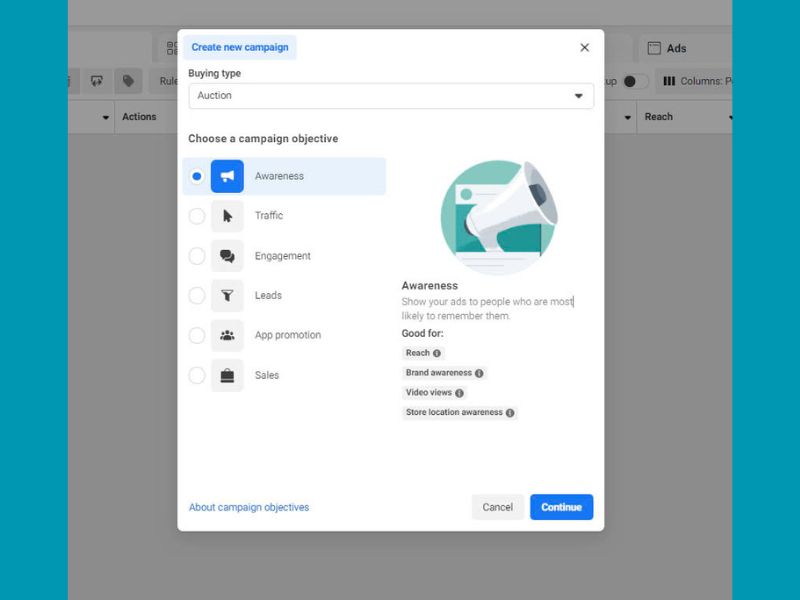
- Under Conversions, select the category segment your partner shares
- Select the audience to show your ad to.
- Select your preferred placements.
- Under Conversions, select reach, impressions, or ad recall lift.
- Select your preferred ad format.
- Under Destination, enter only your partner’s destination link in the Destination URL field, otherwise your ad will be automatically paused.
- Click Publish.
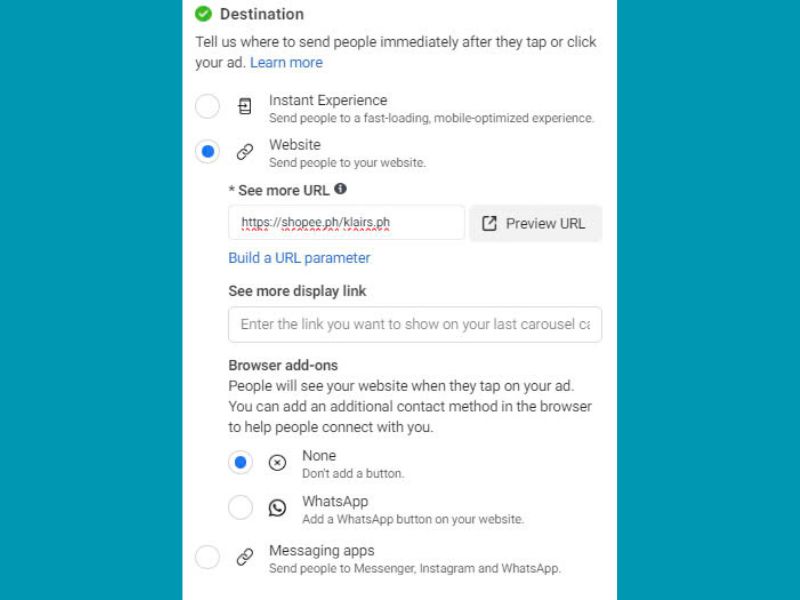
5.2. How to create a traffic campaign using Collaborative Ads
- Choose a traffic target.
- Select the catalog segment that your partner has shared with you (optional). If you don’t select one and therefore don’t have a catalog segment, you won’t be able to measure sales and other conversion events that occur on your partner’s website or app.
- Select your website or app as the destination for your traffic or conversion location.
- Select your performance goal as link clicks, daily reach, or impressions.
- Select your audience.
- Select your preferred ad format.
- Under Conversions, select link clicks, impressions, or daily reach.
- Select your preferred placement.
- Under Destination, enter only your partner’s website or app in the Website URL, otherwise your ads will be automatically paused.
- Click Publish.
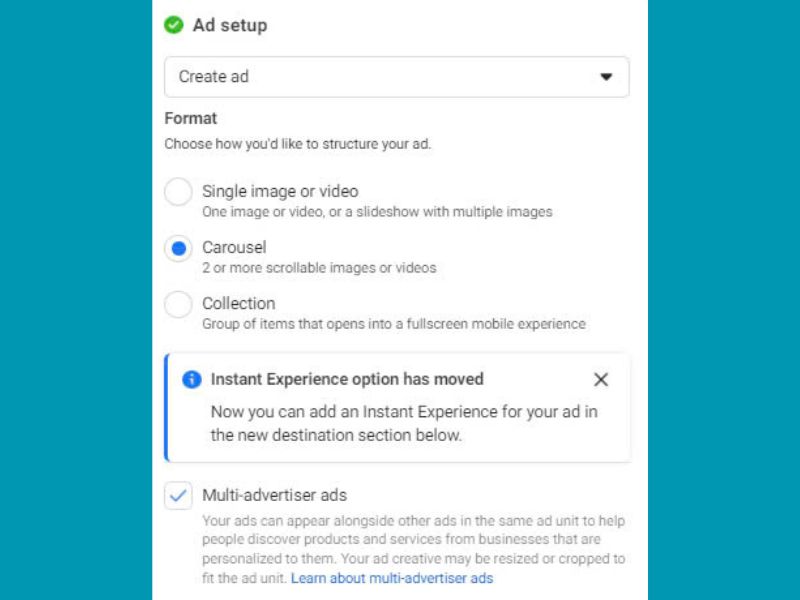
5.3. How to create a sales campaign using Collaborative Ads optimized for conversion events or link clicks
- Select a sales target. Or, if you see more than six goals in Ads Manager, select a category sales or conversions goal.
- Under Conversions, select the category segment your partner shares.
- Select the audience to show your ads to.
- Select your preferred placements.
- Under Conversions, select conversion events or link clicks (recommended).
- Select your preferred ad format.
- Under Destination, enter only your partner’s destination link in the Destination URL field, otherwise your ads will be automatically paused.
- Click Publish.
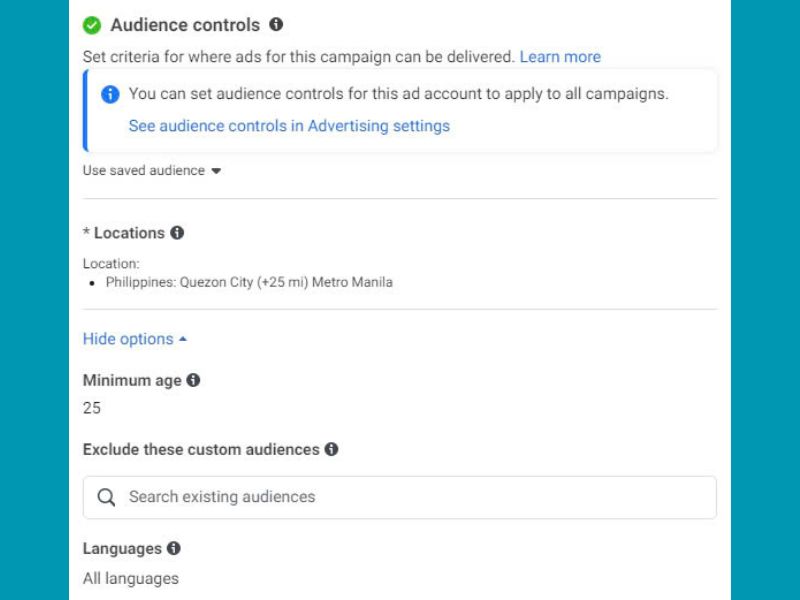
After setting up CPA on Facebook, businesses should:
- Track Performance: Regularly monitor key CPA (Cost Per Acquisition) metrics to assess the overall effectiveness of your campaigns. This involves keeping a close eye on conversion rates, click-through rates, and other performance indicators to understand how well your ads are resonating with your target audience.
- Optimize Campaigns: Based on your performance tracking, make necessary adjustments to your campaign strategies. This could include reallocating budgets to more effective ads, tweaking targeting parameters to better reach high-conversion audiences, or optimizing bidding strategies to lower your CPA while maximizing return on investment.
- Analyze Data: Dive deep into the analytics to gain insights into customer behavior. Understanding patterns such as peak shopping times, product preferences, and customer journey stages can help you fine-tune your campaigns for better targeting and improved results.
- A/B Testing: Implement A/B testing by running different versions of your ads to determine which elements work best. Experiment with various headlines, images, calls to action, and audience segments to identify the most effective combinations for driving conversions.
- Improve Content: Continuously update and refine your ad content based on customer feedback and performance data. This ensures that your ads remain relevant, engaging, and aligned with customer expectations, ultimately leading to higher conversion rates and better campaign outcomes.
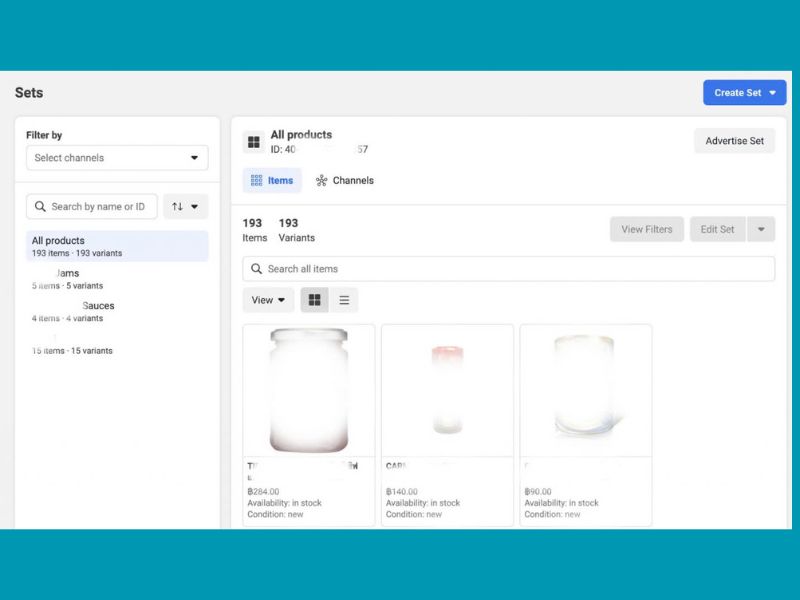
Note: Remember that all links you list must lead to your marketplace, not to your website!
6. Optimization Tips for Facebook CPAs Campaigns
To get the most out of your CPAS campaigns on Facebook, you should focus on refining your target audience to ensure your ads reach the right group of customers who are most likely to buy. Here are some tips to help you optimize your CPAS effectively:
- Build and update your product sets in a segmented catalog and include the products you want to show the most. The more unique and engaging your ad sets are, the better your performance will be.
- Refine your targeting: Improve your standard targeting to ensure your next ad is more likely to convert. Consider expanding or shrinking your audience.
- Optimize your ad copy: Update and improve your ad copy to better attract and retain customers.
- Adjust your budget and bid: Begin with the highest volume bid to optimize CPA. Once your ad account has been qualified, select the Highest Value or ROAS bid to maximize income and profit.
- Choose your landing page: CPA uses the product source to direct consumers to the product detail page, but can only use one product source per campaign. Therefore, the ad will only target one seller. For example, if you choose Shopee as the product source, the ad’s landing page will link to Shopee.
- Show ads (automatically) in the most placements: all available placements can be used.
- Use filters: Note that when using filters, it is recommended to use the brand name or product name instead of the ID to avoid changes made by the retailer that may affect the products in the product.
- Get expert advice and guidance: Seek advice from NEMI Ads experts in the field of online advertising and CPAS to get accurate and up-to-date suggestions on how to optimize your campaigns. At NEMI Ads, we provide effective strategies, in-depth analysis of new trends, and practical guidance to help you achieve the best results from your advertising campaigns.
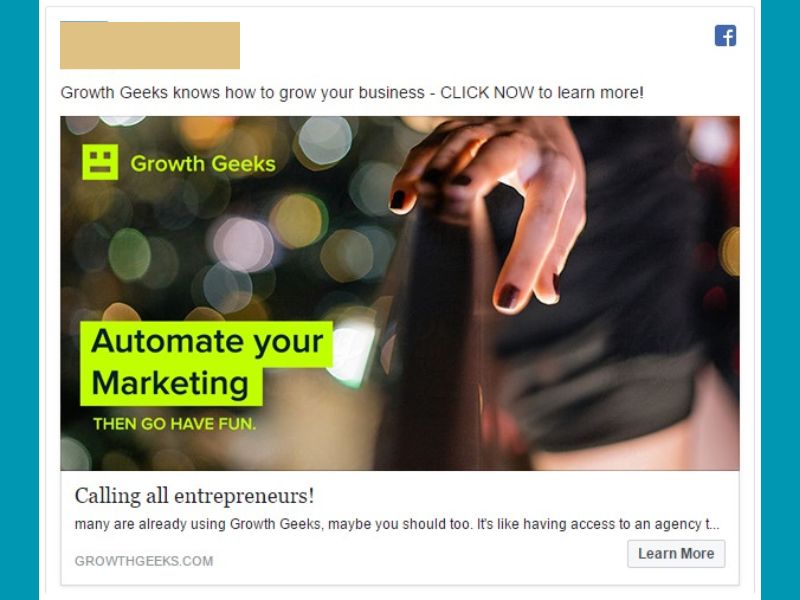
7. Conclusion
With the growth of digital platforms and changing consumer shopping habits, Facebook has begun to develop e-commerce. The online shopping model brings higher profits, attracting retailers and large businesses. Facebook CPAS is an effective advertising method through the digital market. The following article from NEMI Ads will explain what CPAS is, its benefits, and how it works.
So, don’t hesitate to contact NEMI Ads now to learn more and discover how we can help you optimize your advertising campaign!


